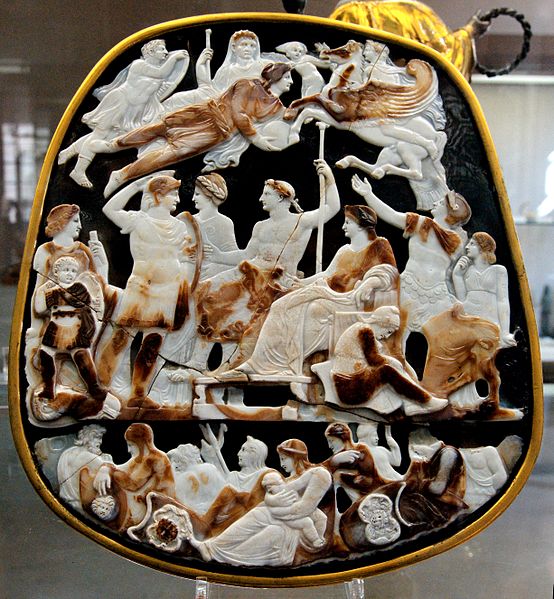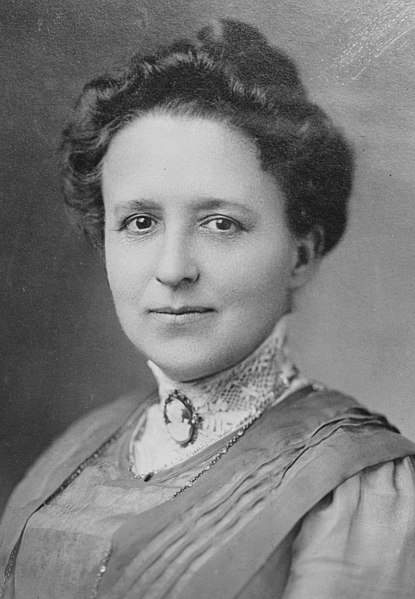A cameo appearance, also called a cameo role and often shortened to just cameo, is a brief guest appearance of a well-known person or character in a work of the performing arts. These roles are generally small, many of them non-speaking ones, and are commonly either appearances in a work in which they hold some special significance or renowned people making uncredited appearances. Short appearances by celebrities, film directors, politicians, athletes or musicians are common. A crew member of the movie or show playing a minor role can be referred to as a cameo role as well, such as director Alfred Hitchcock who made frequent cameo appearances in his films.
The critically-acclaimed 1945 psychological drama film Spellbound features a cameo by director Alfred Hitchcock in which he exits an elevator. Hitchcock is known for his small cameos in his films.
Stan Lee was well known for his cameo appearances throughout most of the Marvel films.
Cameo is a method of carving an object such as an engraved gem, item of jewellery or vessel. It nearly always features a raised (positive) relief image; contrast with intaglio, which has a negative image. Originally, and still in discussing historical work, cameo only referred to works where the relief image was of a contrasting colour to the background; this was achieved by carefully carving a piece of material with a flat plane where two contrasting colours met, removing all the first colour except for the image to leave a contrasting background.
The Great Cameo of France, five layers sardonyx, Rome, c. 23 AD, the largest of Antiquity
Eagle Cameo, Roman 27 B.C. Two-layered onyx.
Cameo of Roman Emperor Augustus wearing a gorgoneion and a sword-belt. Three-layered sardonyx cameo, Roman artwork, c. 14–20 AD.
Woman wearing a cameo at her throat, on a high lace collar in the Edwardian style






